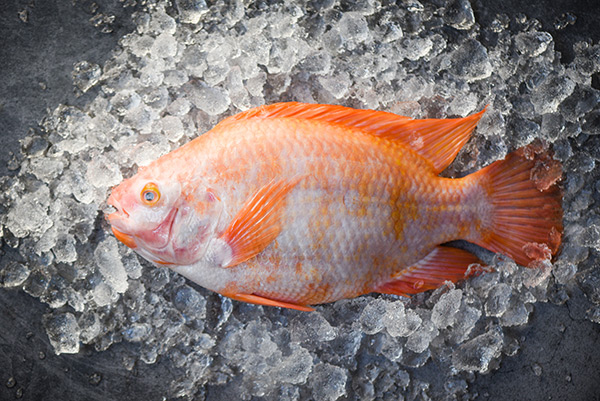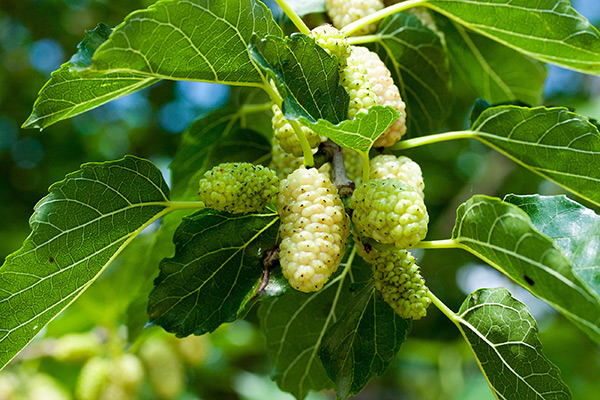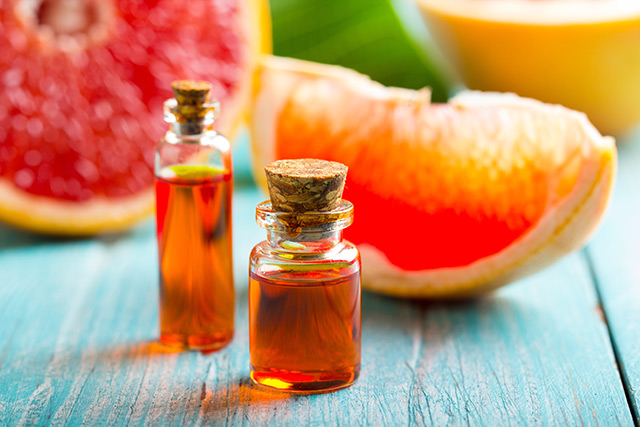Collagen from this African and Western Asian fish harbors potent antioxidant activity
06/26/2020 / By Evangelyn Rodriguez

Antioxidants are important for the human body, especially for the immune system. They not only boost immune function, but they also prevent or slow cell damage caused by unstable molecules called free radicals.
Free radicals are produced by cells as a byproduct of several processes. Various internal and external factors are also known to contribute to the formation of these harmful molecules. Some notable factors involved include chronic inflammation, elevated oxygen levels, exposure to environmental pollutants, emotional and psychological stress and poor nutrition.
Fortunately, the body produces antioxidants that can neutralize free radicals naturally. These include glutathione, whose primary function is to alleviate oxidative stress, and antioxidant enzymes like superoxide dismutase, which scavenges free radicals called reactive oxygen species (ROS).
However, the body’s ability to produce antioxidants is affected by many factors, such as aging and low intake of antioxidant-rich foods. If the amount of antioxidants generated by the body is eclipsed by the amount of free radicals circulating in the blood, this results in oxidative stress.
Oxidative stress not only damages important cell components, it also triggers the development of chronic diseases like arthritis, cancer and heart disease. Hence, getting sufficient amounts of antioxidants from your daily diet is critical for the maintenance of good health.
Many foods, in particular fruits and vegetables, are naturally rich in antioxidants. In fact, some antioxidant compounds are extracted from these food sources and used to make health supplements. But besides plant-based foods, fish can also be a good source of antioxidants. (Related: Mushrooms found to be a potent source of key antioxidants.)
In a recent study published in the Journal of Medicinal Food, Mexican researchers evaluated the antioxidant properties of collagen extracted from the skin and gall of Oreochromis sp., a type of fish commonly known as red tilapia. They reported that collagen hydrolyzed by the enzyme pepsin has good free-radical scavenging activity, which makes it suitable for use as an active ingredient of functional foods and nutraceutical products.
Powerful antioxidants derived from fish skin
According to the researchers, not enough focus is given to the reduction of fish waste generated during evisceration and filleting. While fish waste is used to make flours and silages, the amount required for production is not enough to reduce it to a point where it doesn’t pose a serious environmental problem.
To solve this, the researchers decided to look for an alternative and profitable use for fish waste. They started by analyzing the antioxidant properties of the skin and gall of red tilapia, one of the many species of tilapia, which is considered the second most farmed fish in the world.
The researchers subjected the fish samples to three treatments and obtained salt-soluble collagen, acid-soluble collagen (ASC) and pepsin-hydrolyzed collagen (PHC). They then measured the collagen yield and antioxidant activity of both hydrolyzed (HC) and non-hydrolyzed collagen (NHC).
The researchers found that ASC from tilapia skin had the highest collagen extraction yield (3.02 percent), while only PHC extraction was feasible for tilapia gall. This, however, only yielded 0.16 percent collagen.
Although NHC did not display antioxidant activity, ASC from tilapia skin and PHC from tilapia gall showed 22.58 percent and 10.34 percent radical scavenging activity (RSA) against DPPH, respectively. Against the free radical ABTS, PHC from tilapia skin and gall exhibited an RSA of 30.40 percent and 29.43 percent, respectively.
In addition, ASC from tilapia skin and PHC from tilapia gall exhibited 94.40 percent and 81.54 percent ferric-reducing antioxidant power, respectively. They also had total antioxidant capacity values of 43.63 and 38.08?mcg ascorbic acid equivalent (AAE)/mL, respectively. While HC extracts demonstrated antioxidant activity, NHCs proved to be excellent metal ion chelators.
Based on these findings, the researchers concluded that collagen from the skin of red tilapia can be used as an active ingredient in nutraceuticals, pharmaceuticals and functional foods.
Get to know other dietary sources of powerful antioxidants at Antioxidants.news.
Sources include:
Tagged Under: alternative medicine, antioxidants, collagen, disease prevention, food science, free radical scavengers, Free radicals, functional foods, natural cures, natural medicine, nutraceuticals, oxidative stress, red tilapia, research, supplements
RECENT NEWS & ARTICLES
COPYRIGHT © 2017 PREVENTION NEWS



















